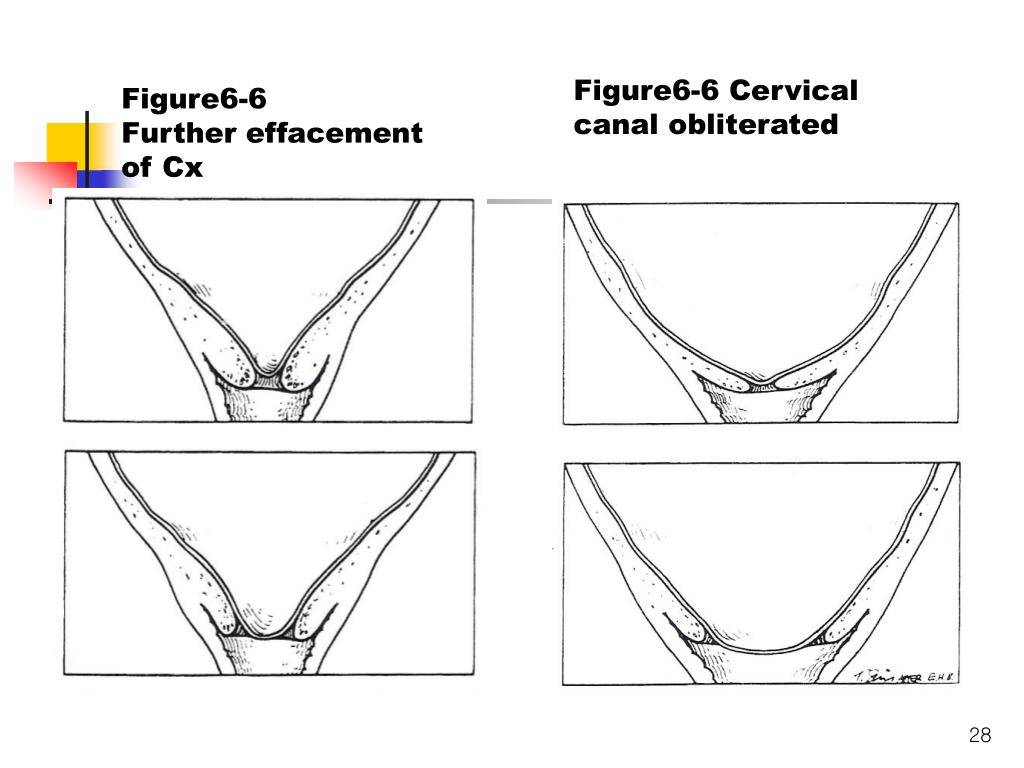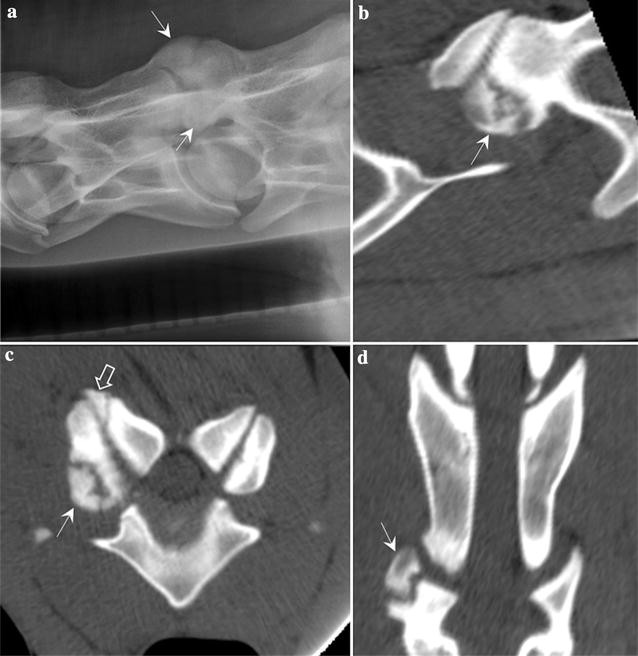
The Rambo method was often used in fenestration operations, and rapid healing of the cavity was often the case ( Fritz and Crawford 1960).įig.
EDGE OF OBLITERATION SKIN
In subsequent years, Rambo detached the drum from the malleus handle and elevated it laterally together with the annulus and ear canal skin ( Rambo 1969). Rambo never used the muscle to fill the cavity, but the muscle contributes with its vascularity to healing and is a vascular support for skin flaps. The major part of the cavity wall is not covered with muscle.
EDGE OF OBLITERATION FREE
The canal skin flaps are returned, and the free flap of canal skin is replaced, partly covering the muscle flap and partly covering the bone of the cavity ( Fig. A larger flap will cover the tympanic cavity, the attic, and the medial wall of the antrum ( Fig. A flap of the temporalis muscle with its fascia is cut, and it is turned down over the mastoid tegmen into the cavity to cover the drum remnant, the attic, and the medial wall of the aditus ad antrum ( Fig. A conservative radical cavity is created, with extensive removal of air cells ( Fig. The conchal skin is elevated, creating an anterior and an inferior skin flap, and exposing the entire bony ear canal. 866), a large area of the temporalis muscle fascia is exposed.

The aim of the flap was to bridge the tympanic cavity and restore hearing.Īfter a special endaural incision, extending posterosuperiorly to the upper edge of the auricle ( Fig. Rambo (1957) described a method of covering the tympanic cavity and the medial antrum wall with a superoanteriorly-based flap of temporalis muscle. In the early 1930s, Mill (1931) and Kisch (1932) used a temporal muscle flap in an attempt to obliterate the mastoid cavity and retain an external auditory canal. Flaps consisting partly or mostly of retroauricular subcutaneous fibrous tissue and muscle with its periosteum can be superiorly based, and several obliteration techniques have been described in endaural and retroauricular approaches. Such flaps are usually sufficient to obliterate the upper part of the cavity.

For instance, if a review is associated with the wrong changelist, or a review contains sensitive information that should not be openly available.

Obliterate is used to permanently delete reviews that have been created by mistake. Configured by your Swarm administrator, see Allow author obliterate review. Optional: Swarm can be configured to allow users to obliterate reviews that they have authored.By default, you must be a user with admin or super user rights to obliterate a review.


 0 kommentar(er)
0 kommentar(er)
